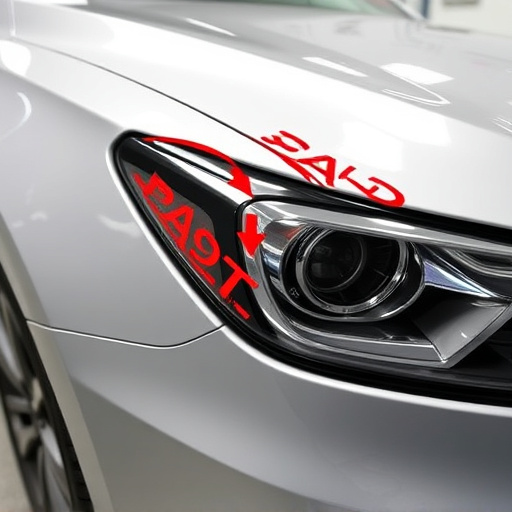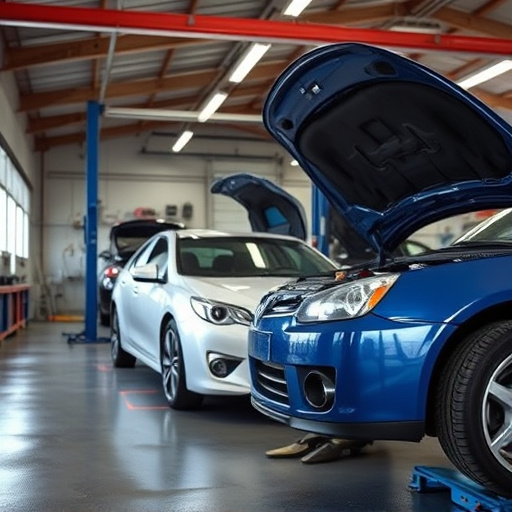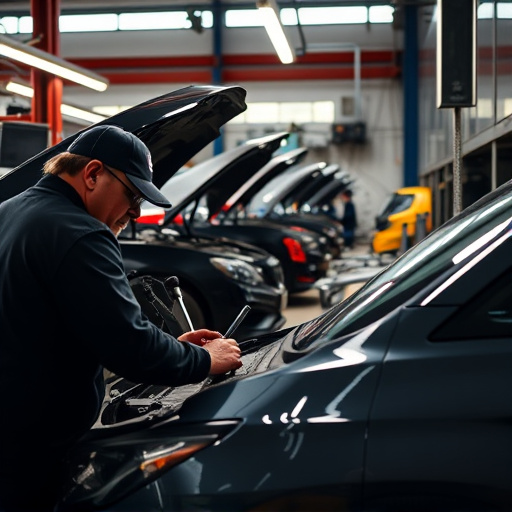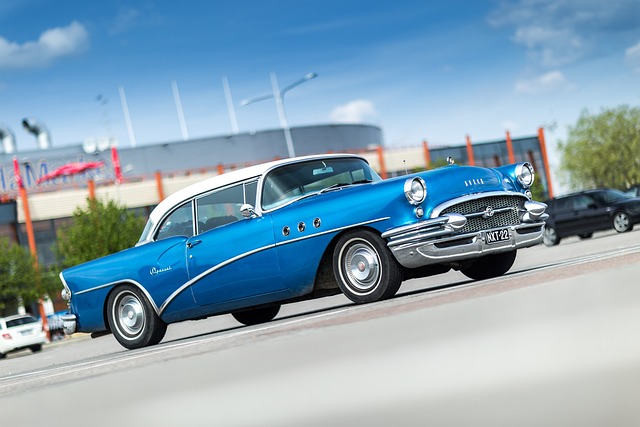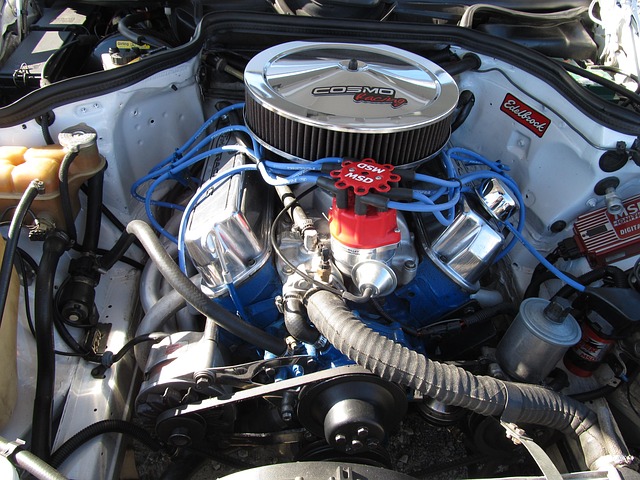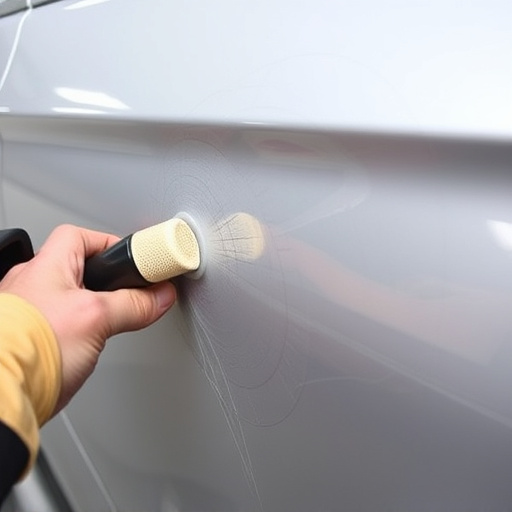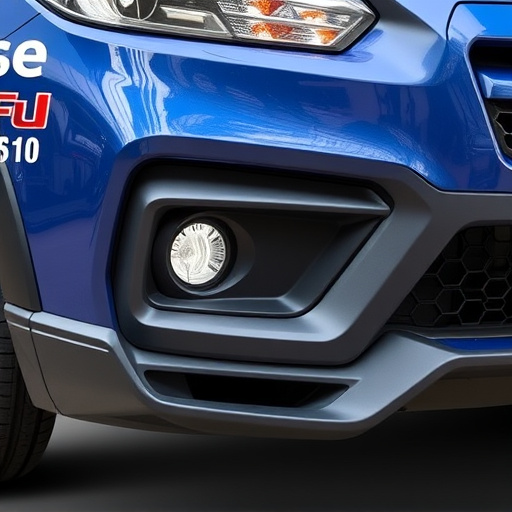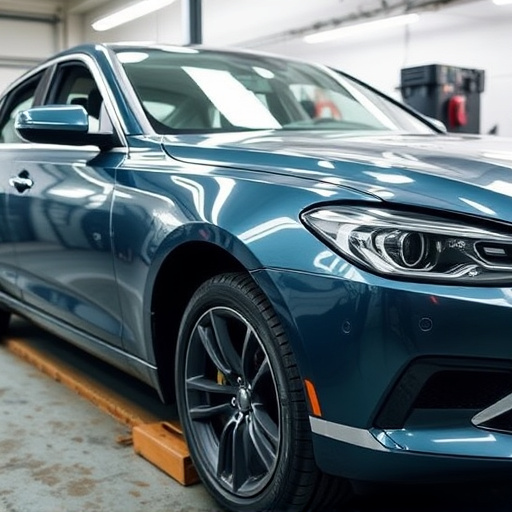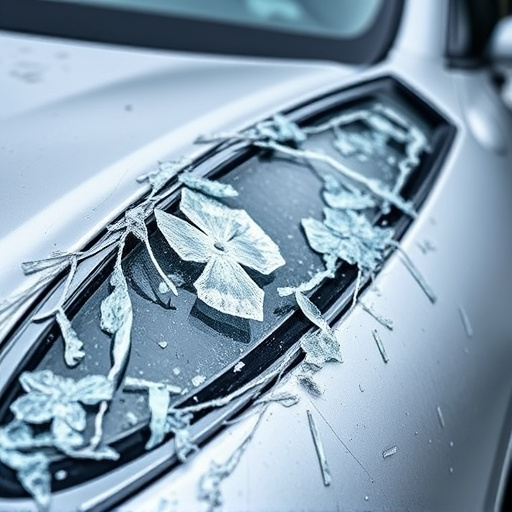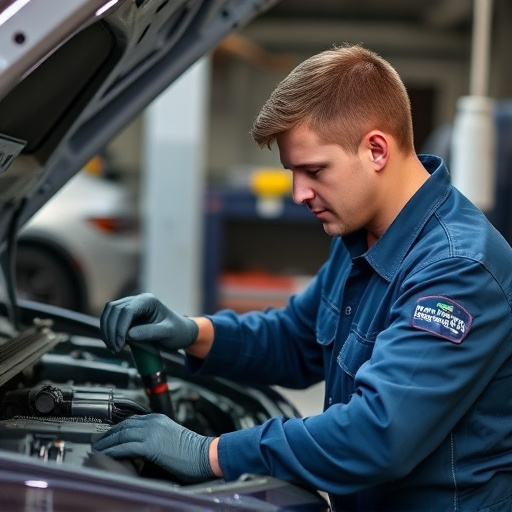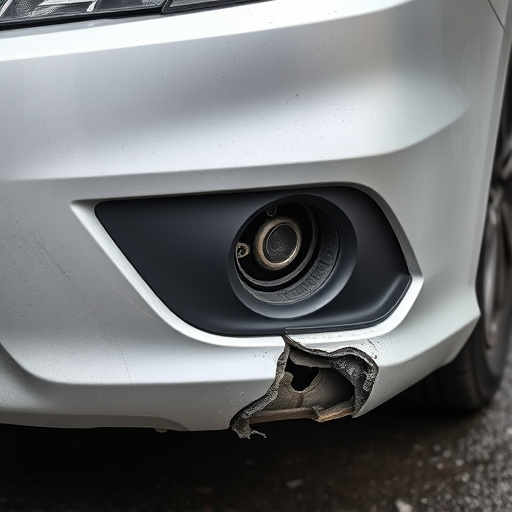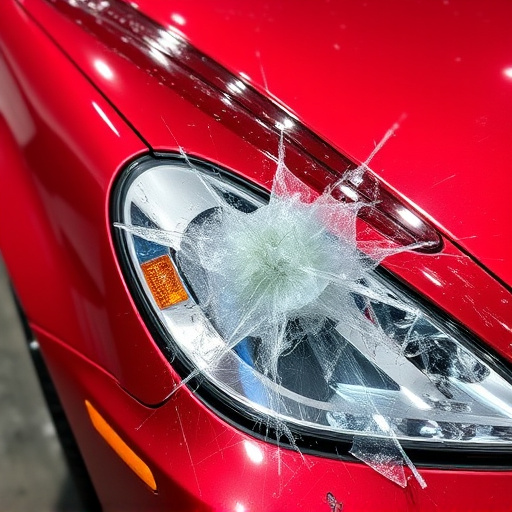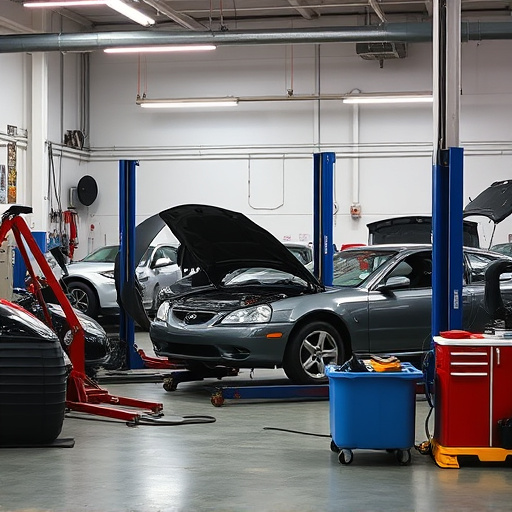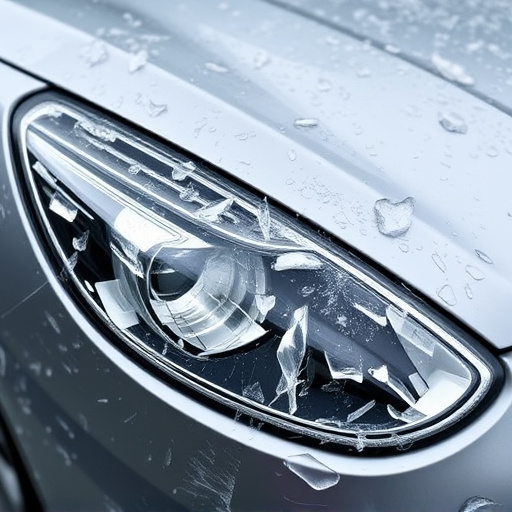Auto body fasteners (nuts, bolts, rivets) are crucial for vehicle safety and aesthetics in repairs and classic car restoration. Proper preparation involves cleaning, degreasing, and inspecting surfaces to ensure corrosion-free, damage-free areas. Installation requires meticulous techniques, including surface cleaning, priming, following torque specs, and using appropriate tools to maintain structural integrity, strength, and durability.
Proper installation of auto body fasteners is crucial for structural integrity, safety, and vehicle longevity. This guide details best practices for installing auto body fasteners correctly. We’ll explore different fastener types and their applications, and provide step-by-step instructions from surface preparation to final tightening for optimal strength and durability. By following these practices, you can ensure secure, long-lasting repairs every time.
- Understanding Auto Body Fastener Types and Their Applications
- Pre-Installation Preparation: Surface Cleaning and Inspection
- Correct Installation Techniques for Optimal Strength and Durability
Understanding Auto Body Fastener Types and Their Applications
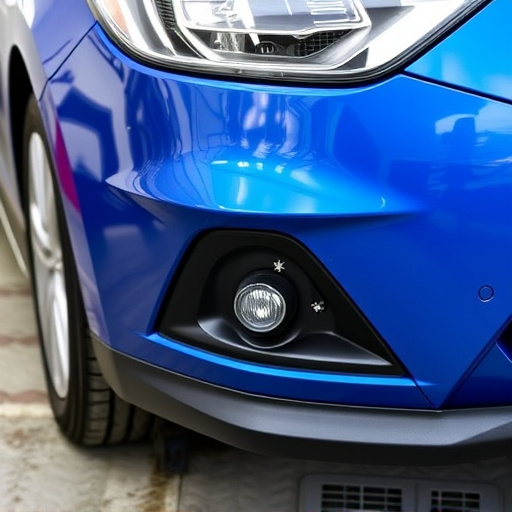
Auto body fasteners play a crucial role in ensuring structural integrity during auto body repairs and classic car restoration projects. Understanding their types and applications is essential for anyone working on vehicle aesthetics and safety. Fasteners come in various forms, each suited to specific tasks and materials, be it metal, plastic, or composite. For instance, nuts and bolts are versatile and often used for securing panels and frames, while rivets create permanent bonds, making them ideal for reinforcing weak points.
In the realm of auto collision centers, precision is key when installing these fasteners. The wrong type or misplacement can compromise a vehicle’s structural integrity and safety during future accidents. For classic car restorers, getting the right fastener application techniques ensures that original components are preserved while adhering to modern repair standards, resulting in exceptional auto body repairs.
Pre-Installation Preparation: Surface Cleaning and Inspection
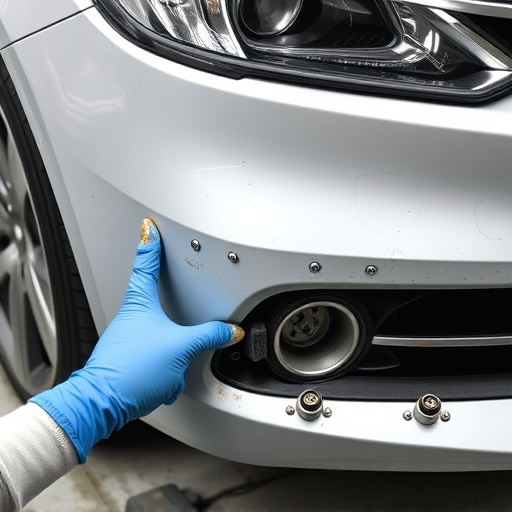
Before installing any auto body fasteners, proper preparation is key to achieving a strong and durable bond. The first step involves thoroughly cleaning the surface where the fasteners will be applied. This ensures that there’s no dirt, grease, or debris that could compromise the adhesion of the fasteners. A simple yet effective method is to use a degreaser and a clean cloth to wipe down the area. For areas with significant damage like dents or frames requiring straightening, pre-cleaning may also involve removing any remaining debris or repair material, such as in the case of Mercedes Benz collision repair.
Once the surface is clean, conducting a thorough inspection is crucial. This involves checking for any signs of corrosion, existing fasteners that need removal, and ensuring the panel is free from damage or warping. By addressing these issues before installation, you create a solid foundation for your auto body fasteners, guaranteeing stronger holds and precise alignment—especially when dealing with intricate dent repairs or frame straightening processes.
Correct Installation Techniques for Optimal Strength and Durability
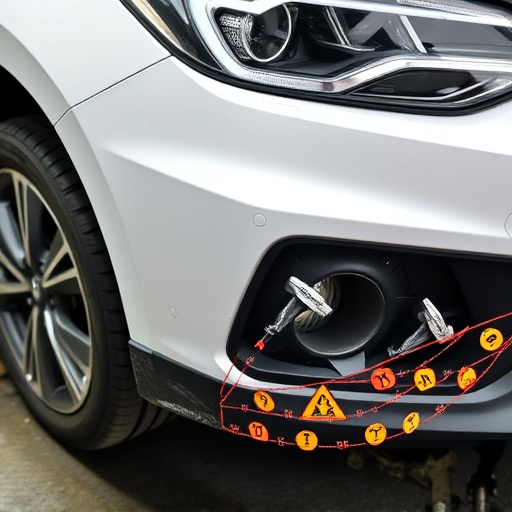
Proper installation techniques are paramount when working with auto body fasteners to ensure optimal strength and durability for your car’s structural integrity. This involves a meticulous process that begins with preparing the surfaces. It’s crucial to clean and decontaminate the areas where the fasteners will be applied, removing any grease, rust, or debris that could compromise adhesion. Priming the metal surface can also enhance fastener hold, especially in the case of dent repair or car body restoration projects.
During installation, it’s essential to follow manufacturer guidelines regarding torque specifications and tightening sequences. Over-tightening can lead to damage, while under-tightening may result in poor performance. Using the right tools, such as torque wrenches, ensures consistent fastener engagement. For complex repairs or when dealing with intricate auto body fasteners, consulting a professional or referring to detailed automotive body shop manuals can provide valuable insights for achieving maximum durability and structural stability.
Proper installation of auto body fasteners is paramount for ensuring structural integrity, safety, and long-lasting performance. By understanding different fastener types, preparing surfaces thoroughly, and employing correct installation techniques as outlined in this article, automotive professionals can achieve robust and reliable results. Adhering to these best practices not only guarantees the quality of repairs but also enhances customer satisfaction.
